3 Unique Teas That Turn the Tables on Beautiful Traditions
TEATIME NOTES
Find tips, recipes, and articles to increase your delight and enjoyment of tea.
3 Unique Teas That Turn the Tables on Beautiful Traditions

The Most Unique Tea Flavors From Around the World
Do you ever think about breaking the rules to create unique tea? For you, tea is about precision and exactness — the right temperature, and the perfect amount of tea leaves. But, sometimes the rules of tea are supposed to be broken so unique tea flavors are invented!
Would you ever steep green tea for long periods of time in scalding hot water? Would you ever steep your tea leaves for 12 hours? How do you feel about adding butter or salt to your tea?
Today, you’ll learn about three countries that go out of their way to make tea according to their own rules, traditions, and ceremonies. If you’re looking for unique tea that breaks all the rules, you’ve come to the right place.
From lush pink tea sprinkled with pistachios and rose petals to thick-as-oil hearty blends, these unique tea flavors and practices challenge your perception of the everyday tea routine.
1. Morocco - Maghrebi Tea
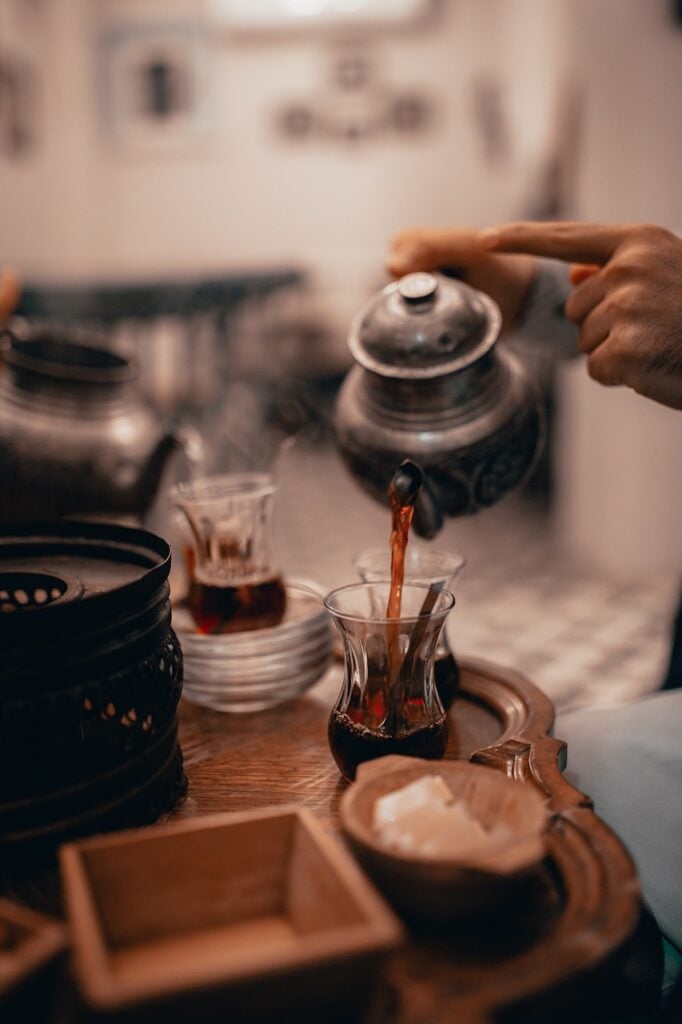
If you ever find yourself traveling to North West Africa — the Maghreb — chances are you will experience their way of taking tea. In Morocco, Maghrebi tea is made with a combination of roasted green tea mixed with sugar and spearmint leaves.
This unique tea is prepared and served before guests — typically by the head male of the family — in a ceremony that symbolizes hospitality and friendship.
How is Maghrebi Tea Made?
Locally grown green tea is used as the base, but you’ll notice that scalding hot water is used to steep the tea. Yes, as a tea enthusiast, you know that steeping green tea in hot water can burn the leaves and release bitter flavors — but in Morocco, this is a part of the experience that is embraced. The bitter unique tea flavor is an important part of the tea ceremony.
What is the Moroccan Tea Ritual?
When in Morocco, you’ll find their tea ceremony fascinating and very different from what you’re accustomed to.
This unique tea is poured high, creating a long stream of water that allows a frothiness to form in the tea cups. It’s also a way to add oxygen back into the water that was lost during boiling, and it might help cool your cup of tea down just a bit quicker.
The tea leaves are left in the teapot for the duration of the ceremony and spearmint leaves and sugar are added to the teapot as the ceremony unfolds. You will be served exactly three cups of tea — each cup will take on a unique tea flavor that ranges from delicate and sweet to strong and bitter. It’s polite to accept all three cups of tea — it’s impolite to drink less than three cups or to ask for more than three.
Why are you served exactly three cups of tea?
The three cups are a reflection of the Maghrebi proverb about tea:
The first glass is as gentle as life,
the second is as strong as love,
the third is as bitter as death.
2. Kashmir - Noon Chai
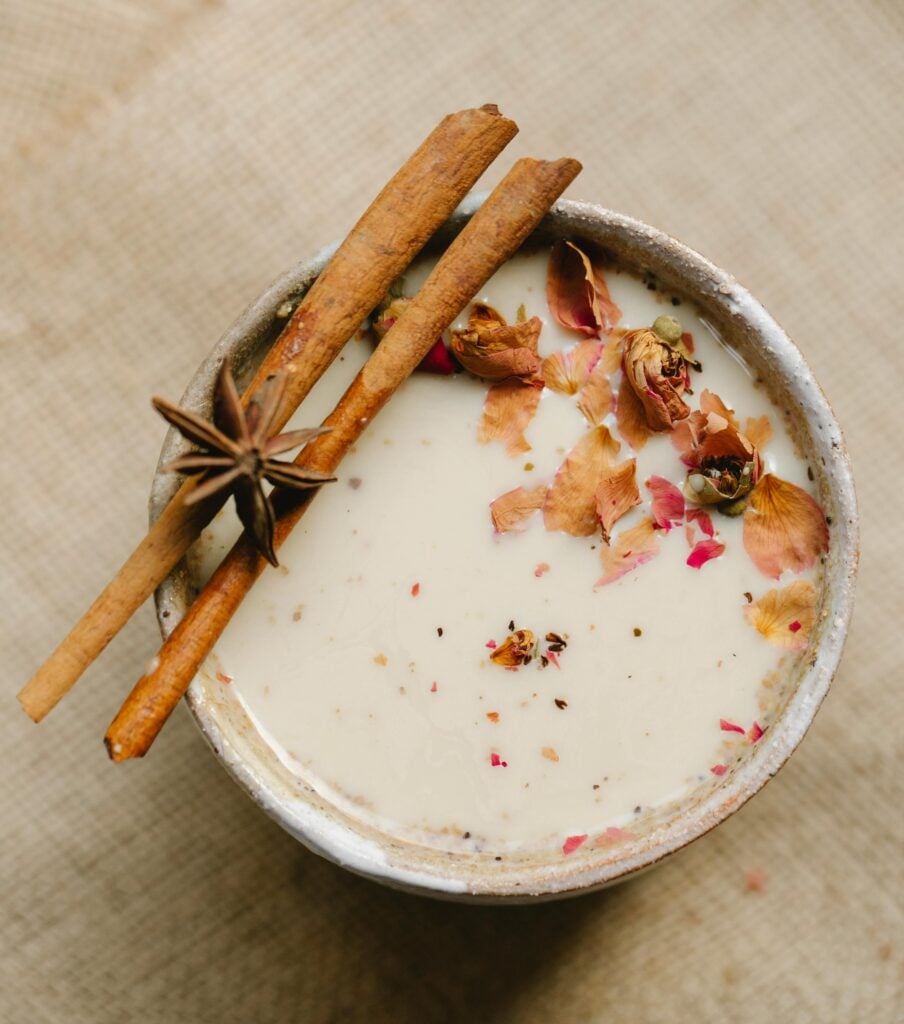
The name “Noon Chai” means “salt tea” in the Kashmiri language. In Kashmir, it’s called Sheer Chai. But, it’s also known as Kashmiri Tea or pink tea — a unique tea with a gorgeous pink hue.
This milky-rich tea is traditionally served on special occasions, but it’s recently become more popular as it’s been appropriated in society, especially in cold weather. You may find mock and instant versions of this tea made with sugar and sweetener at cafes. But these watered-down versions are far from what Noon Chai is meant to be.
How is Noon Chai Made?
Kashmiri tea enthusiasts agree that it’s not true Noon Chai unless it’s made with Kashmiri tea — a green tea with a pronounced and unique tea flavor. This particular tea also creates a stronger natural pink hue that is so signature to the look of Noon Chai.
Tea leaves are added to hot water and oxygen is added back into the mixture by stirring the tea for long periods of time. This aeration in the water and a pinch of baking soda makes the unique tea turn dark maroon. Whole-fat milk and salt are added to the tea, which creates the beautiful light pink hue of noon chai.
How Can You Serve Noon Chai?
The buttery tea is a time-consuming process when made properly, but worth the effort. It’s no wonder that in Pakistan it’s usually savored for special events — it’s a lot of work!
This tea is enjoyed more in the winter — and served alongside sugar and nuts or sweets. But in Kashmir, Noon Chai is a delightful staple enjoyed during breakfast and served alongside bread.
Noon Chai may look dainty and sweet, but no sugar is added to the tea — in fact, it’s quite savory and delicate. Spices may be added, but these are subtle and usually consist of cinnamon or cardamom. Kashmiri tea may be garnished with chopped almonds, pistachios, or even rose petals.
3. Tibet - Butter Tea

If you find yourself in Tibet, you’ll quickly see that butter tea is a necessary everyday staple. This creamy, rich unique tea is traditionally made with yak butter and churned with a hint of salt. Butter tea is thick and rich in calories, which fuels the hard-working lifestyle of many natives who must combat cold temperatures in high altitudes.
Butter tea goes by many names — like po-cha, bho jah, and gur gur cha to name a few. There is no official ceremony for preparing it.
Ceramic pots are widely used for serving and creating butter tea. Bronze or copper teaware may be used by families who are more well-to-do in society.
How is Butter Tea Made?
Dark, aged, fermented pu-erh tea leaves boil for up to half the day. This makes a deep rich tea base.
Butter and salt are added to the tea. The tea and ingredients can be shaken, churned, or mixed well before being stored or served.
The consistency of butter tea is like a thick stew or oil. It has unique tea flavors that are exceptionally rich and hearty.
What’s the Etiquette for Drinking Butter Tea?
Butter tea has a huge presence in Tibetan ceremonies and celebrations. During the New Year, monks participate in three long days of afternoon prayer. They fuel themselves in the mornings with butter tea and eat sweet rice.
Like many serious tea-drinking countries, this unique tea also encourages tradition and hospitality. If you find yourself being offered butter tea in Tibet, be prepared to have your cup continuously filled.
You should always drink butter tea in small sips and never drain your small tea cup. After you sip your tea, it’s customary for the host to fill your cup to the brim, over and over again.
If you are finished with your tea all you have to do is simply stop drinking the tea. Once you are ready to leave, you should drink the remaining tea completely. In this way, you honor your host and maintain appropriate etiquette.
Quality Teaware for Your Daily Ritual

Are you ready to expand your tea palate and bend the rules with unique tea? Explore exciting new unique tea flavors that you’ve never tasted before.
We encourage you to put a spin on your everyday tea routine. If you always drink black tea, try an oolong tea or a green tea instead — or if you enjoy green tea, maybe try white tea. You might discover a flavor that’s even more satisfying than your old favorite.
Regardless of where your taste buds take you, be sure to make the most of every sip with teaware that makes unique tea taste even better. Explore health-conscious teaware made of revolutionary, pure, and tasteless borosilicate glass, and take your tea experience to a whole new level.
Teabloom offers the largest selection of beautifully handcrafted borosilicate glass teaware and it’s made with your health and wellness in mind. From the start, they’ve been on a mission to clean up the tea industry one glass tea cup at a time.
Find the perfect new tea cup or teapot for your tea routine today, with Teabloom.



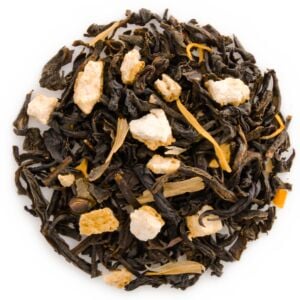

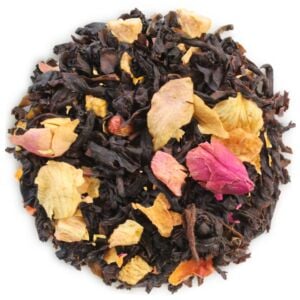

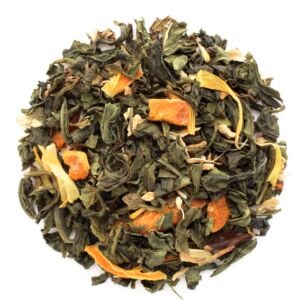
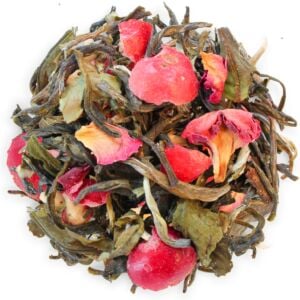
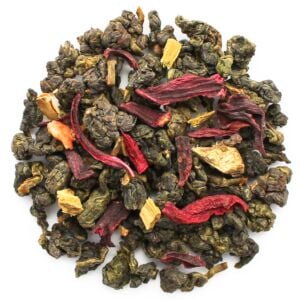
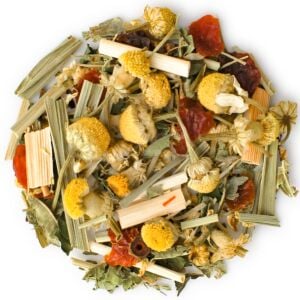
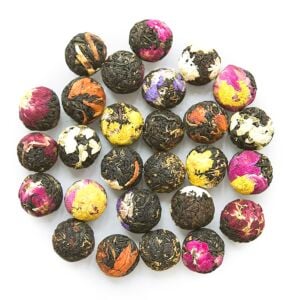

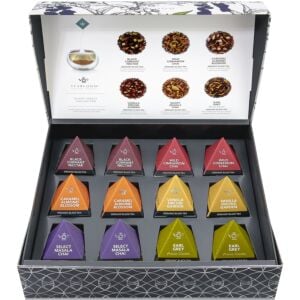
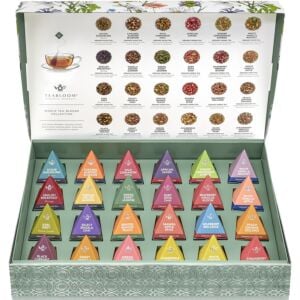





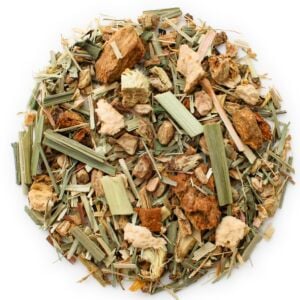

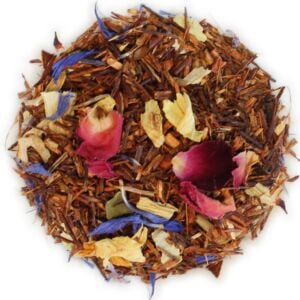

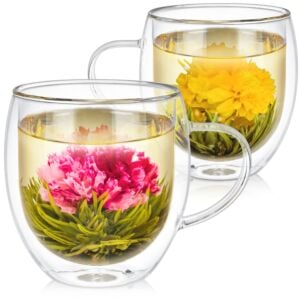
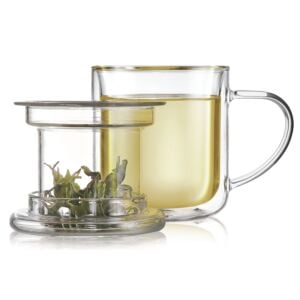
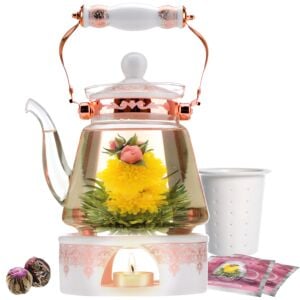
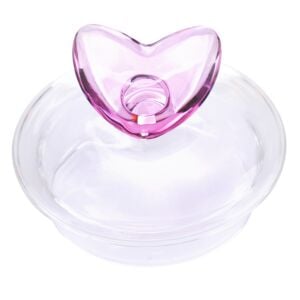
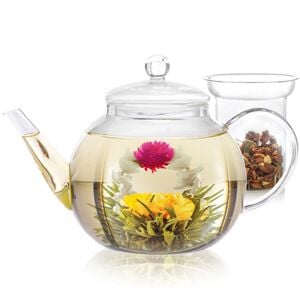


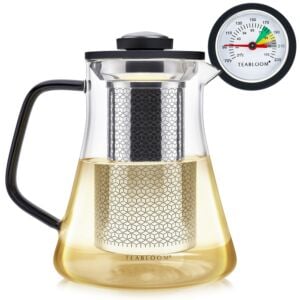
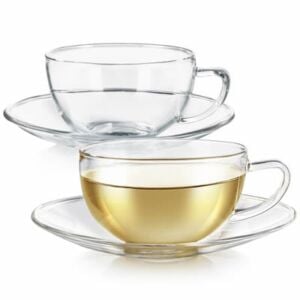
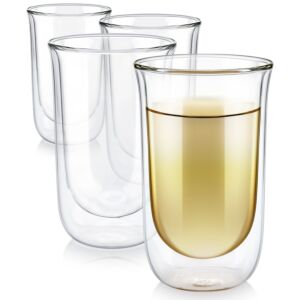
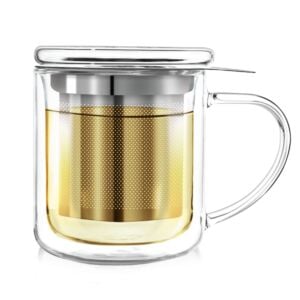
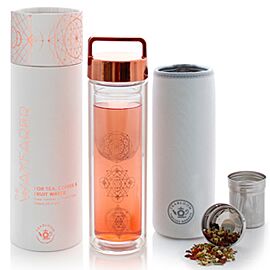

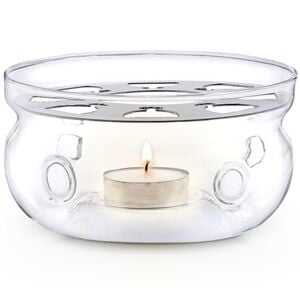
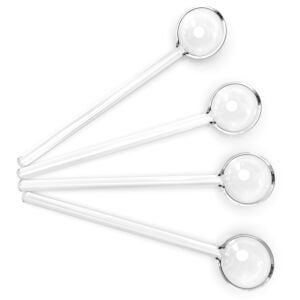
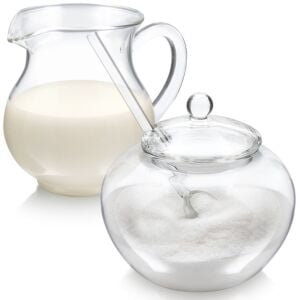
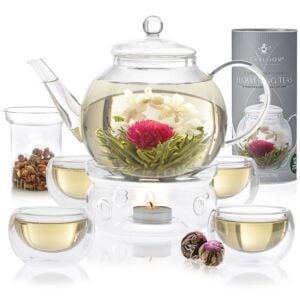
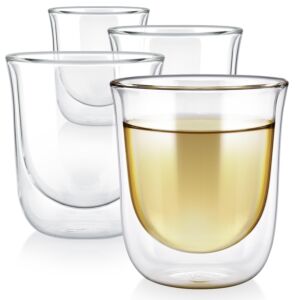


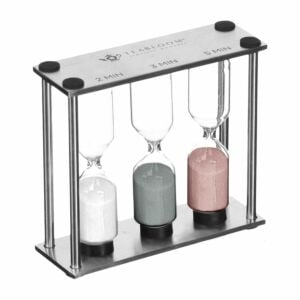
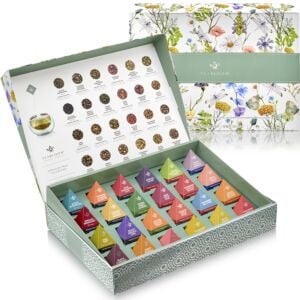

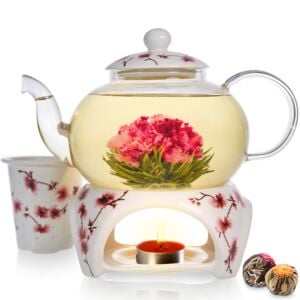
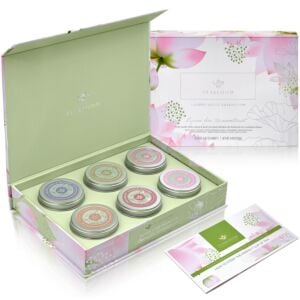

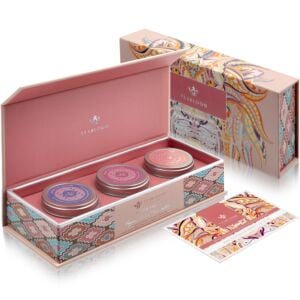


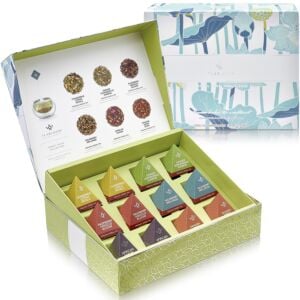
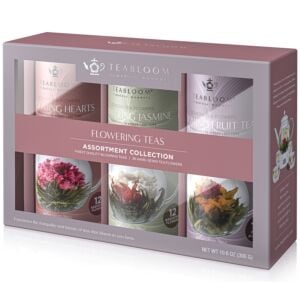


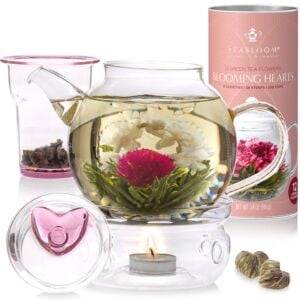

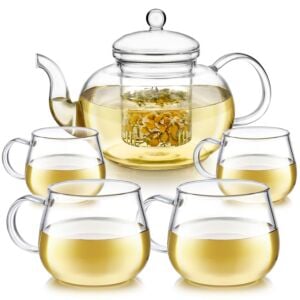



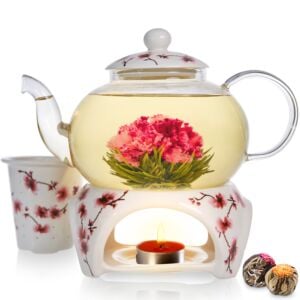
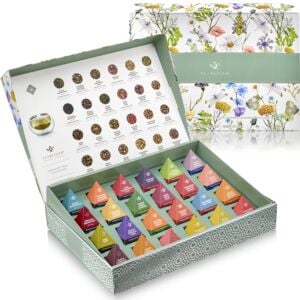
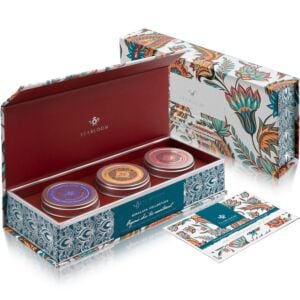
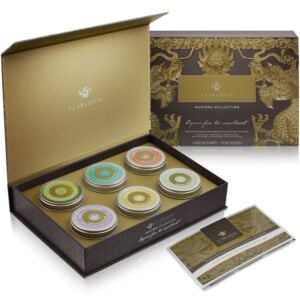


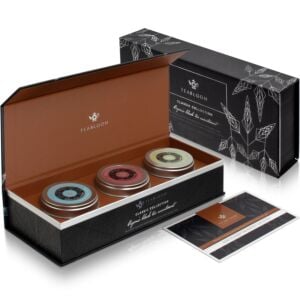


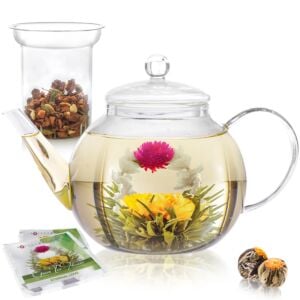
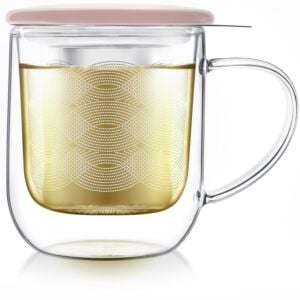
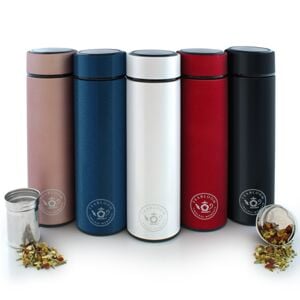



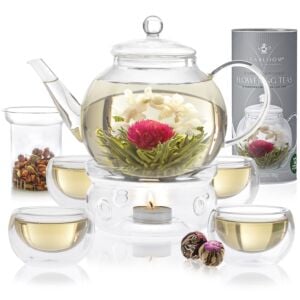
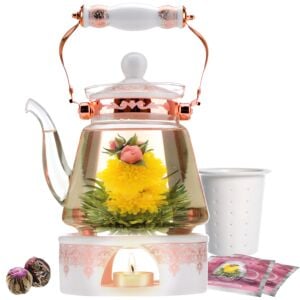
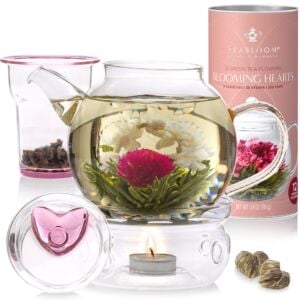


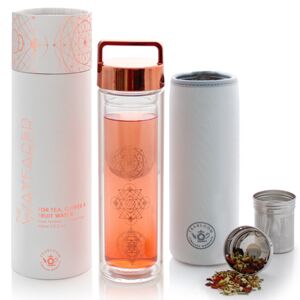



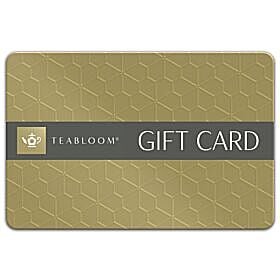
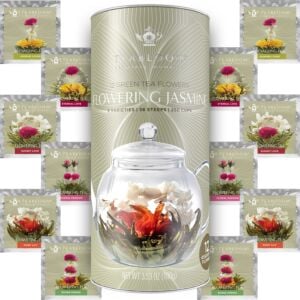

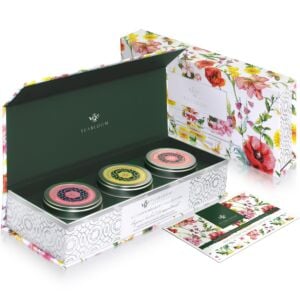



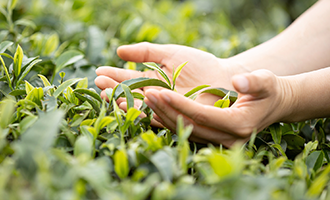
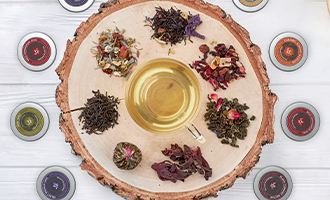




Share your thoughts